Plasterboard and painting specialists need hopper guns to apply textured finishes and coatings precisely. Hopper guns, like other high-performance equipment, need frequent maintenance to work well. Proper gun cleaning and upkeep lengthen its life, improve operations, and reduce workplace delays. In this article, we’ll cover how to clean and maintain your hopper gun for durability and performance.
1. Why Proper Maintenance Is Crucial
A well-maintained hopper gun is essential for consistent spray patterns, reduced downtime, and overall job satisfaction. Just as important, it helps avoid costly repairs and replacements. A poorly maintained gun can lead to clogged nozzles, uneven application, and even damage to the internal parts. Keeping your gun clean and lubricated ensures that your work maintains its professional quality.
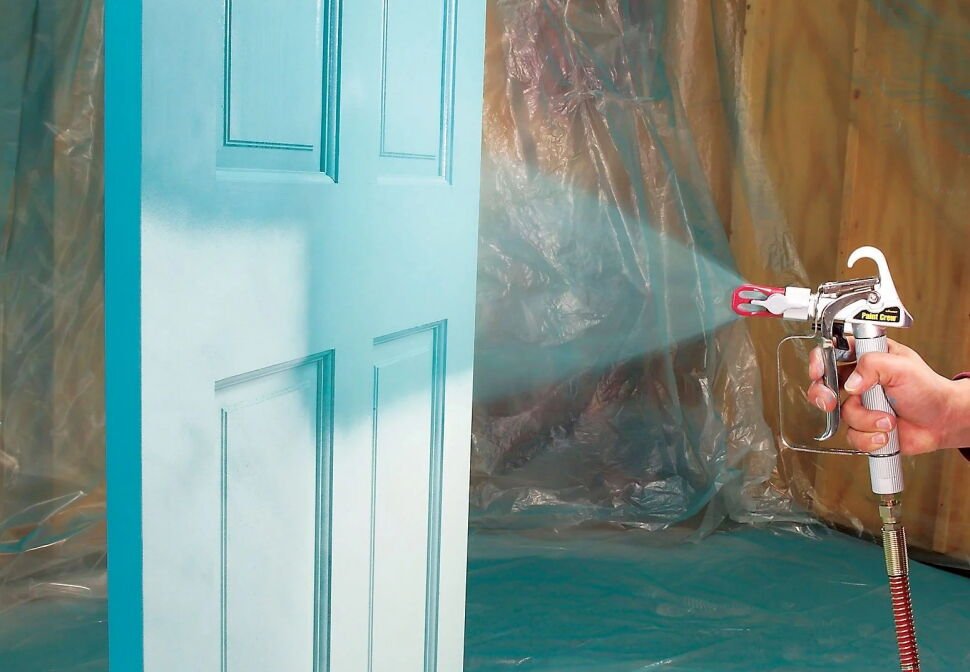
2. Start with the Barrel Cleaning Rod
The first step in cleaning a hopper gun involves using a barrel cleaning rod. This tool, equipped with a tip that allows a square cleaning rag to pass through it, helps you clean the bore of the spray gun. You should push the rag through from the chamber to the muzzle end, carefully cleaning all areas where residue might accumulate. This process is crucial for all types of spray guns, including hopper spray guns used for textured finishes.
3. Clear Excess Drywall Residue
Plasterboard dust is widespread on construction sites and difficult to handle. Dust on surfaces can cause breathing problems and damage equipment. After each usage, remove plasterboard residue to avoid this.
Start with a mask and sunglasses to reduce health hazards. Standard vacuums recirculate drywall dust, therefore a HEPA filter is best for floor cleaning. Cover bigger spaces with plastic sheeting to prevent dust from spreading. Wipe walls and ceilings with water to remove dust.
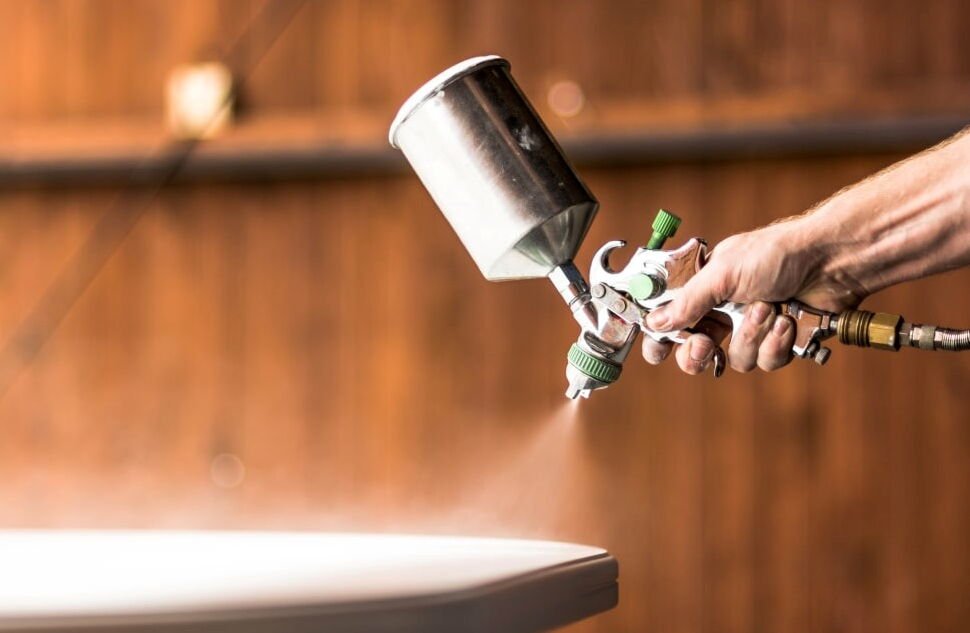
4. Clean the Spray Gun Attachments
Paint and other materials that remain in the cap or fluid tip can clog your spray gun and affect its performance. It’s important to remove any leftover paint or residue before cleaning the gun. If you’re using waterborne paint, it’s advisable to “chase” it with thinner (such as acetone) to ensure that the seals and O-rings remain flexible and in good condition.
5. Apply Oil to Moving Parts
Lubricating the moving parts of your hopper gun is essential for its longevity. The right lubricant prevents wear and tear, ensuring smooth operation and reducing friction that can lead to breakdowns. Avoid using cleaning solvents for lubrication, especially when working with wood finishes, as they can damage seals and other sensitive components.
High-quality lubricants are recommended for texture spray guns like the SPRAY-PRO and TEXTURE-PRO 200. These guns require lubricants that can withstand high temperatures and humidity while maintaining the integrity of the internal parts.
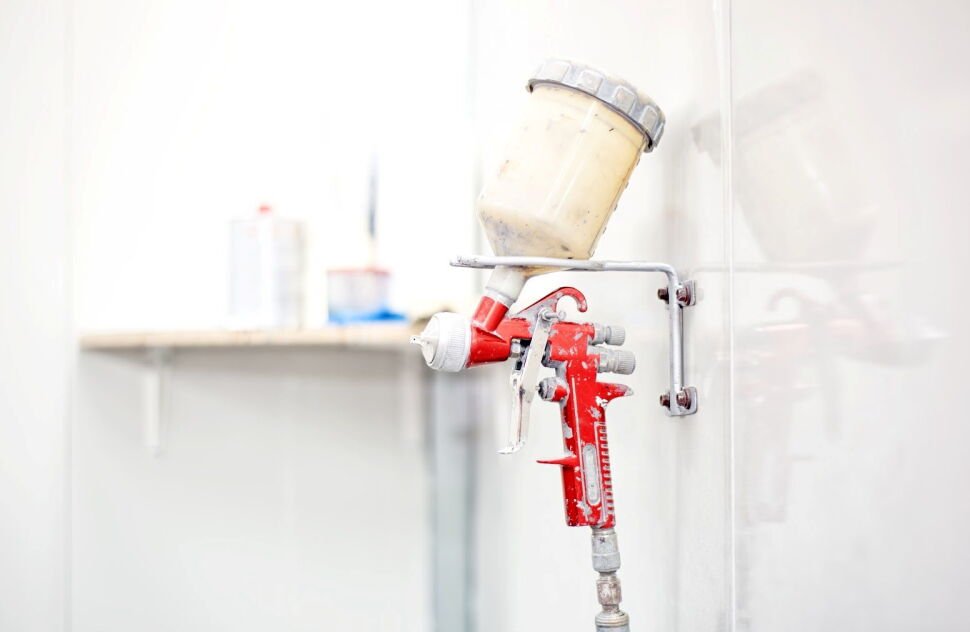
6. Choose the Right Lubricant
When selecting a lubricant for your hopper gun, choose one with low viscosity to ensure that it remains effective under high-temperature conditions. WD-40 is commonly used, but there are other products specifically designed to displace moisture and prevent rust more effectively. These lubricants help protect the internal parts from corrosion, ensuring your equipment functions optimally for years.
7. Regular Cleaning Schedule
A regular cleaning regimen is crucial for hopper gun maintenance. Swishing the finish in the gun to mix it and spraying away surplus material after each application is crucial. This prevents clogging and maintains spray quality.
After each session or day, flush your pistol with water and alcohol. Clean the fluid passageways to prevent residual debris from hardening and blocking the system.
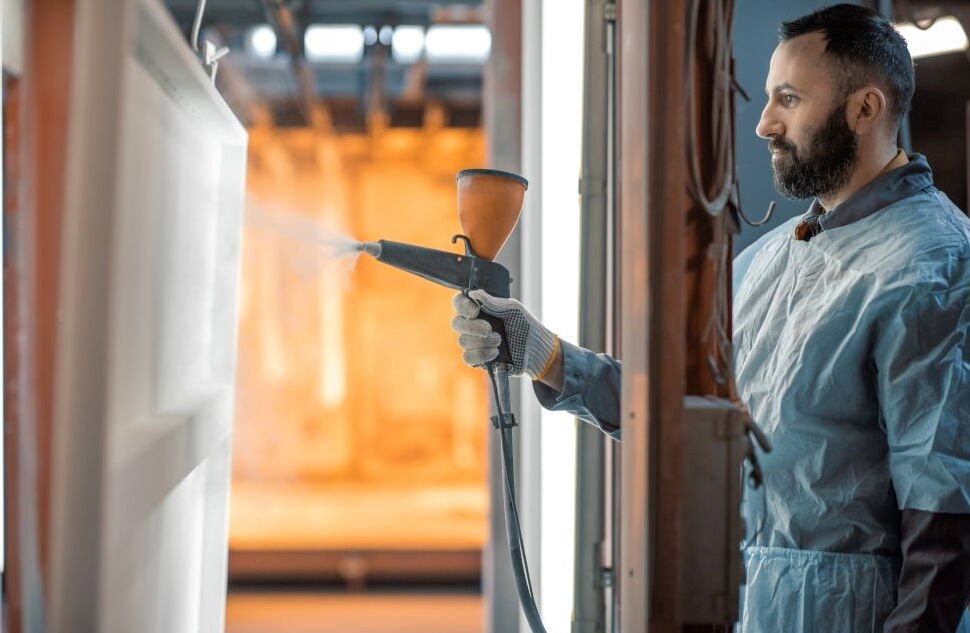
8. Disassemble and Clean Regularly
While daily or session-end cleaning is important, a deeper cleaning is required on a regular basis. Disassemble your hopper gun carefully and clean it thoroughly. This includes wiping down the internal components and removing any accumulated debris or materials that may have hardened.
When storing the gun for extended periods, make sure it’s fully cleaned and dried. This prevents the buildup of moisture and mold, which can damage the gun’s internal parts.
9. How to Clean Hard-to-Reach Areas
Hopper guns, like other spray equipment, often have hard-to-reach areas where debris can accumulate. For these areas, use a soft brush or compressed air to blow out any stuck materials. These tools are particularly useful for cleaning the nozzle, air passages, and other small crevices that a cloth or rag can’t easily access.
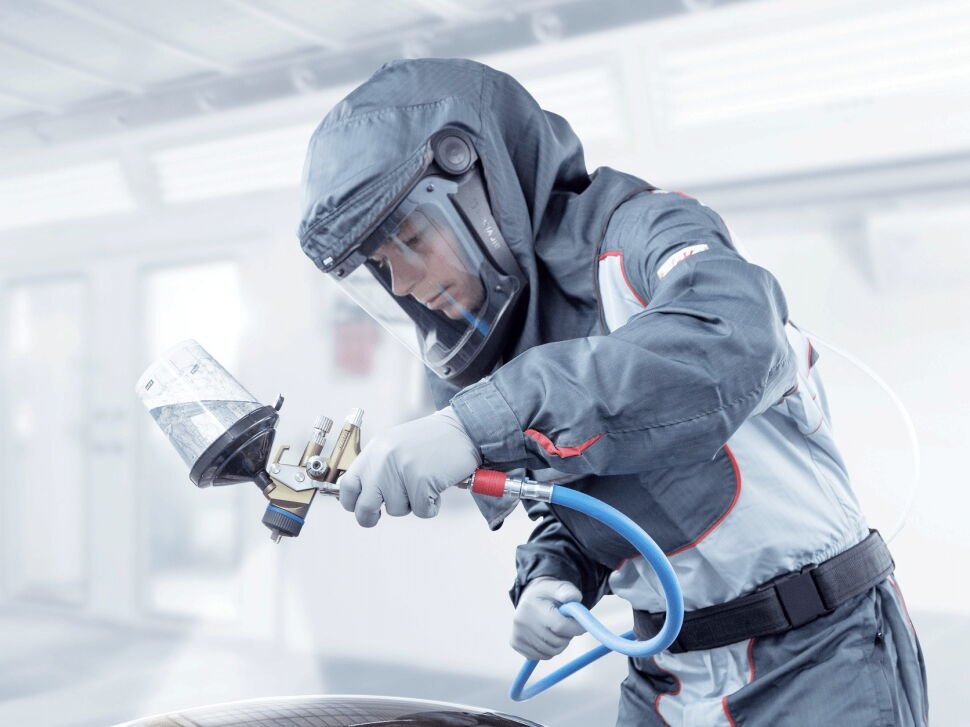
10. Maintain O-Rings and Seals
The O-rings and seals in your hopper gun are essential for maintaining a tight, leak-free system. Regularly inspect these parts for wear and tear. If you notice any cracks or damage, replace them immediately to prevent leaks and maintain the efficiency of the spray gun.
11. Store Your Hopper Gun Properly
Proper storage is just as important as regular cleaning. After each use, store your hopper gun in a dry, cool place away from direct sunlight. Exposure to extreme temperatures or moisture can damage the seals and metal components, leading to rust and reduced performance. If possible, store the gun in a protective case to avoid unnecessary scratches and impacts.
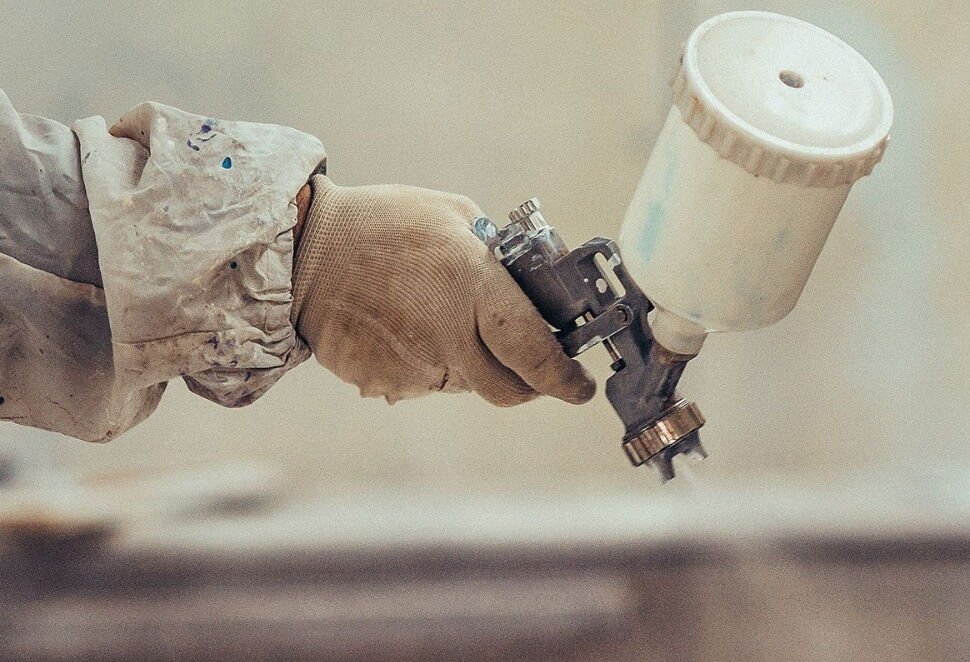
12. Troubleshooting Common Spray Gun Problems
Even with routine maintenance, hopper gun difficulties might emerge. Clogging, irregular flow, and poor spray patterns are common issues. If you detect any of these concerns, examine the nozzle or fluid tip for obstructions. Make sure seals and O-rings are intact. If the issue persists, dismantle the pistol for a deeper clean or contact the manufacturer for help.
13. Investing in Quality Materials
To ensure the longevity and performance of your hopper gun, invest in high-quality materials. Using cheap, low-grade paint or texture materials can cause additional wear on your gun, leading to clogs and inefficiencies. Opt for trusted brands that are designed for use with spray guns, ensuring that your equipment stays in peak condition.
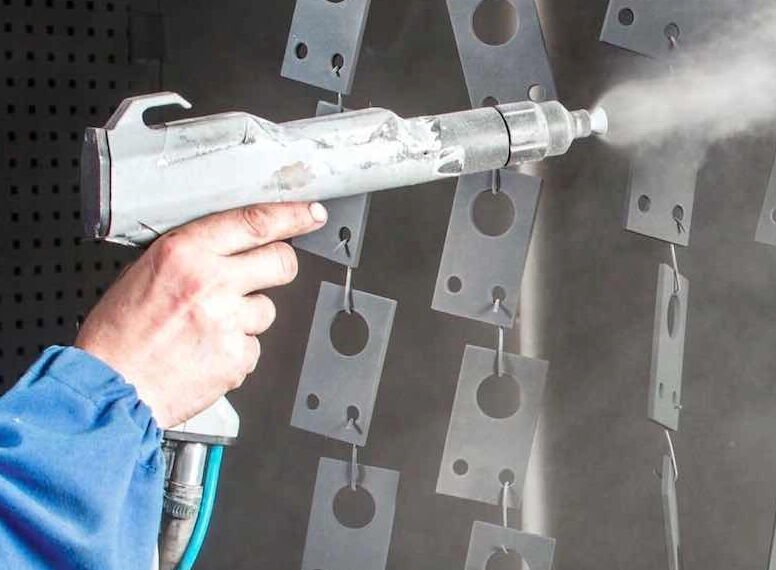
14. Know When to Replace Parts
Over time, certain components of your hopper gun will naturally wear out. This includes parts like seals, O-rings, and nozzles. Regular inspections will help you identify when parts need replacing. Timely replacement of these components can prevent bigger issues down the line and help you avoid costly repairs.
15. Understand the Manufacturer’s Recommendations
Each hopper gun comes with a manufacturer’s manual, which includes specific maintenance recommendations. Make sure to follow these guidelines for cleaning, lubricating, and storing your gun. The manufacturer’s instructions are tailored to the unique features of your gun, ensuring optimal performance and safety.
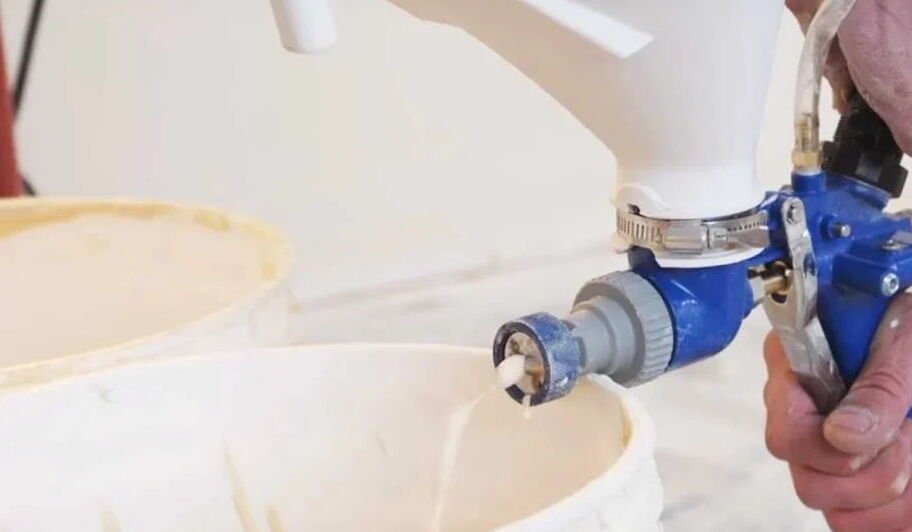
16. Benefits of Proper Maintenance
Properly maintaining your hopper gun ensures years of great performance. Proper cleaning decreases downtime, repair costs, and improves job quality. A well-maintained rifle prevents malfunctions and preserves equipment integrity, improving safety.
In conclusion, cleaning and maintaining your hopper gun is crucial for performance and longevity. Your hopper gun will produce high-quality results with regular cleaning, lubrication, and storage, helping you remain ahead of the competition and streamline job site operations.
Frequently Asked Questions
How often should I clean my hopper gun?
Clean your hopper gun after every use, especially at the end of each workday or finishing session.
Can I use regular paint thinner to clean my hopper gun?
For waterborne paints, use a thinner like acetone. Regular paint thinner might not be effective for cleaning.
What type of lubricant should I use for my hopper gun?
Choose a low-viscosity lubricant specifically designed for spray equipment. Avoid using cleaning solvents.
How do I prevent clogs in the nozzle?
Regularly clean the nozzle and check for buildup. Flush the gun with water and alcohol to clear any residue.
Can I store my hopper gun in any location?
Store your hopper gun in a dry, cool place, away from direct sunlight and moisture.
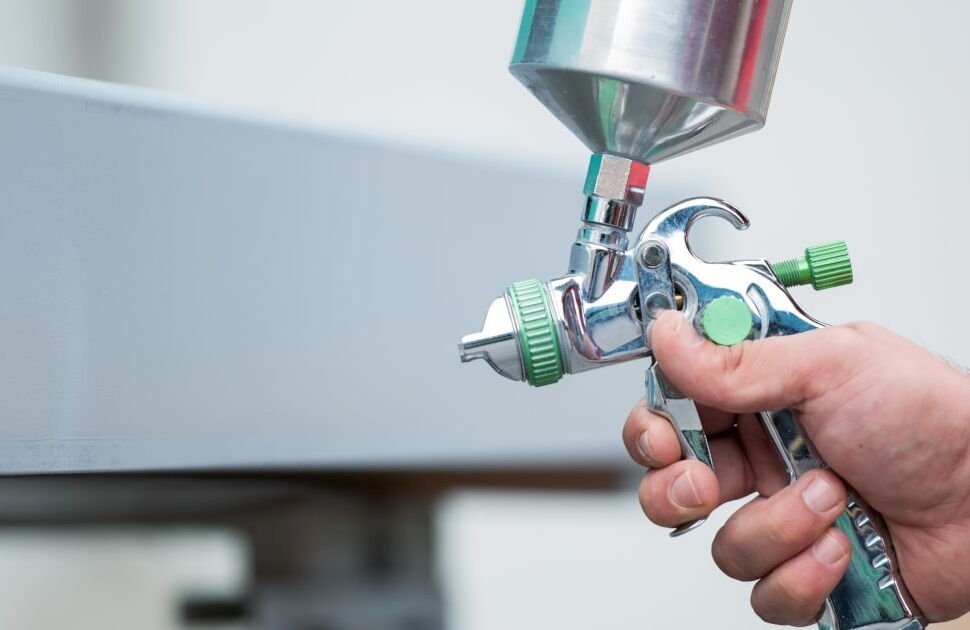






1 comment
I came across the number 4085086972 recently, and it piqued my interest! It’s fascinating how certain numbers can carry meaning in various contexts. Be it a phone number, an ID, or something entirely different, I’m keen to discover its significance. Does anyone have any insights or anecdotes about this number? Let’s have a conversation!
Comments are closed.